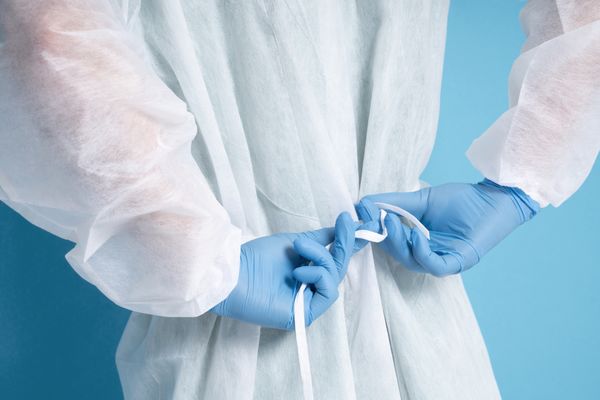
Recent data from the Centers for Disease Control and Prevention (CDC) clearly indicates the COVID-19 pandemic is not done with us, as almost all metrics related to the SARS-CoV-2 virus (test positivity, ER visits, hospitalizations and wastewater signal) have been steadily rising for weeks. Deaths, which typically lag behind these statistics anyway, have stayed unchanged over the past week, but have still averaged over 1,000 deaths weekly for the last several weeks. More than 20,000 patients were hospitalized this week with COVID-19 symptoms.
Additionally, last week the CDC released new estimates that around 1 out of 10 new COVID-19 cases in the United States are coming from the BA.2.86 variant, nicknamed "Pirola," which is nearly three times the prevalence that experts had estimated two weeks earlier. For most of 2023, COVID-19 cases have been predominantly driven by the XBB variant and its close relatives, the HV.1 and EG.5 variants.
“COVID is still the primary cause of new respiratory virus hospitalizations and death,” CDC director Dr. Mandy Cohen told reporters at a briefing on Friday. Cohen added that each week (at the time) the virus was responsible for an average of 15,000 hospitalizations and 1,000 deaths. Because the CDC is no longer tracking COVID-19 numbers nationally, the organization monitors the disease by analyzing wastewater. Through this method, they ascertained that viral activity is spiking nationwide, and especially in the Midwest (as Tool noted in his tweet). Despite these warning signs, a recent poll by Emerson College found that 57% of residents of the 22 states in America's Heartland are not going to get a new COVID-19 vaccine this year.
“We found that American residents split down the middle, 51% to 49%, about getting the new COVID-19 shot, but likely acceptance dropped to 43% in our nation’s Heartland,” explained Dr. Scott C. Ratzan, who helped develop the poll, in a statement.










